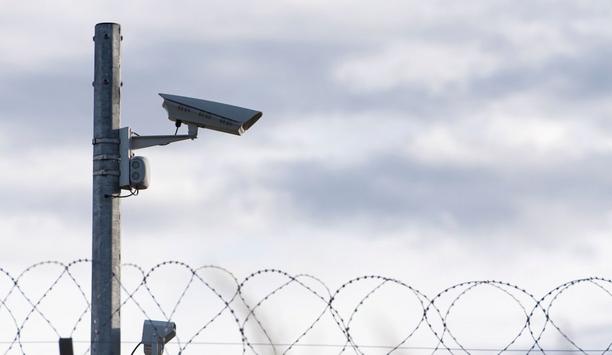 |
| Security standardisation reduces operational requirements |
Inspiration from the IT world
Given the benefits standardisation offers to international enterprises, it’s clear why the need for a global security solution is rising. In contrast to other fields such as IT, however, multinationals tend to have little experience in globalising security. As it involves a large project spanning many years and involving many stakeholders, it demands a high level of project management. In the absence of a structured program with defined guidelines, a global security rollout is likely to be a stressful execution. And one where staying on time and budget is a challenge. The big benefit we have in our industry, though, is that we have the opportunity to learn from the global rollout of IT solutions, so we know what clients need during projects on this scale.
A tried & tested approach
Maintaining transparency on project status is key during large-scale, complex rollouts. Although difficult to achieve, it’s necessary to stay fully in control and constantly up-to-date on the entire programme. Project management methodologies developed for other industries, such as PRINCE and IPMA, are tried and tested in guiding, aligning and controlling global projects. We can take the best practices from these and work them into a delivery framework for clients implementing global security. Only by applying a robust delivery framework can we ensure the defined quality standards are met, and all local projects are delivered on time and within budget.
 |
| For security to be successfully standardised, IT best practice methodologies must be applied properly |
A global rollout involves many different, local implementations and a wide variety of factors. So, as well-established project management methodologies have taught us, it’s important to divide the rollout into many smaller, more manageable projects or phases. To keep track of progress and manage the whole programme effectively, each separate phase and the related tasks and responsibilities need to be defined. And, more importantly, they need to be documented. Each phase must then be signed off before the project can be taken to the next phase.
This provides a transparent structure for the entire process. All stakeholders within the programme remain updated on status, deliverables and milestones enabling the programme’s progress to be monitored and steered.
Best practice methodology for security
The first phase of a global rollout programme involves establishing and documenting requirements. A high-level plan, covering the different tasks and responsibilities involved in the programme, can then be drawn up. This is followed by detailed planning to define the approach for every element of the project.
Once this is signed off, the programme is taken into the build phase, which involves establishing central servers and applications. During the pilot phase, the chosen physical security solution is implemented and tested thoroughly on one or more pilot sites.
Models and templates from IT best practices are used to guide and align the rollout process, and ensure uniform execution according to determined standards. For example, standardised reporting, providing both strategic and detailed project information, is essential to ensure the programme and individual projects are well-managed and completed on time and to budget.
Quality of implementation enhances quality of technology
When standardising globalising security, the quality of delivery determines the quality of the system. At each local site, good project management and implementation are critical to maximise investments in technology. For security to be successfully standardised, IT best practice methodologies must be applied properly, and tasks, responsibilities and processes defined and documented. Only then can a truly global security policy be established and upheld by unified processes and procedures.




















